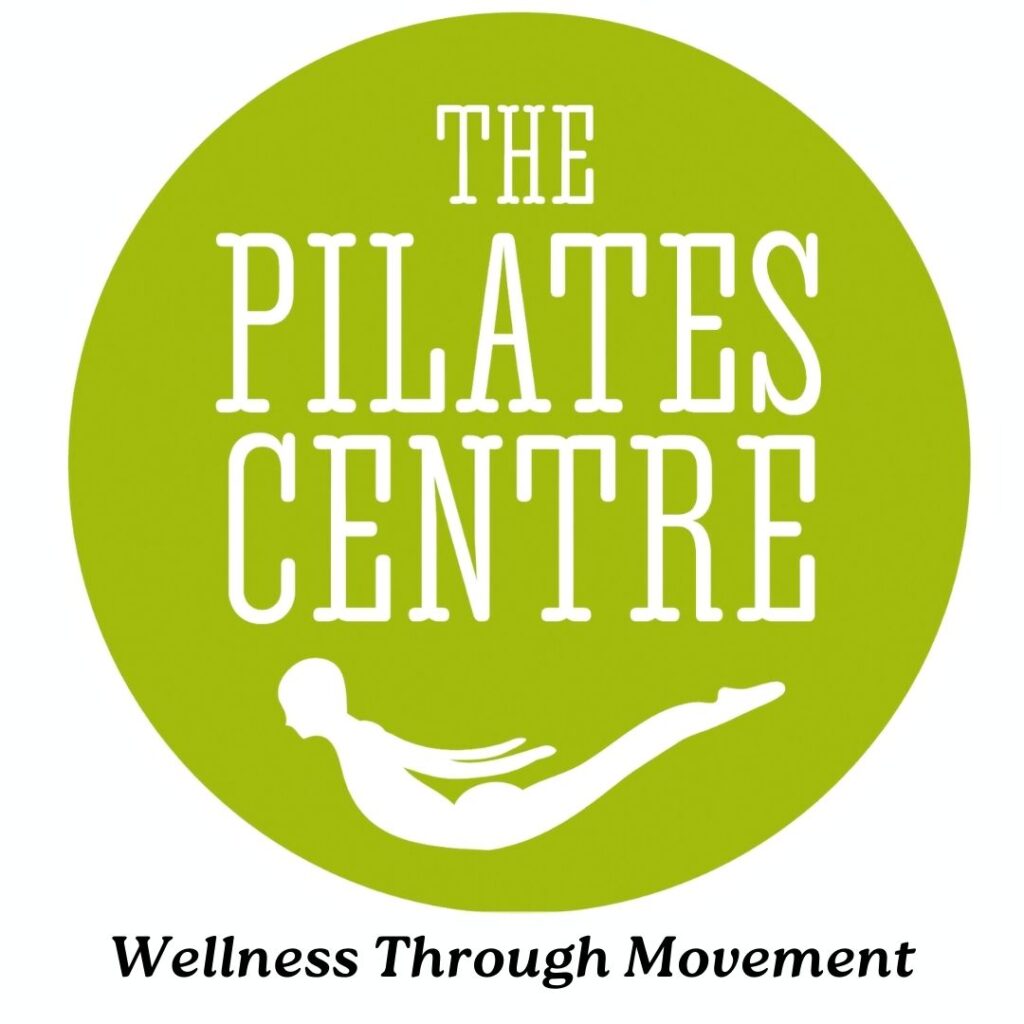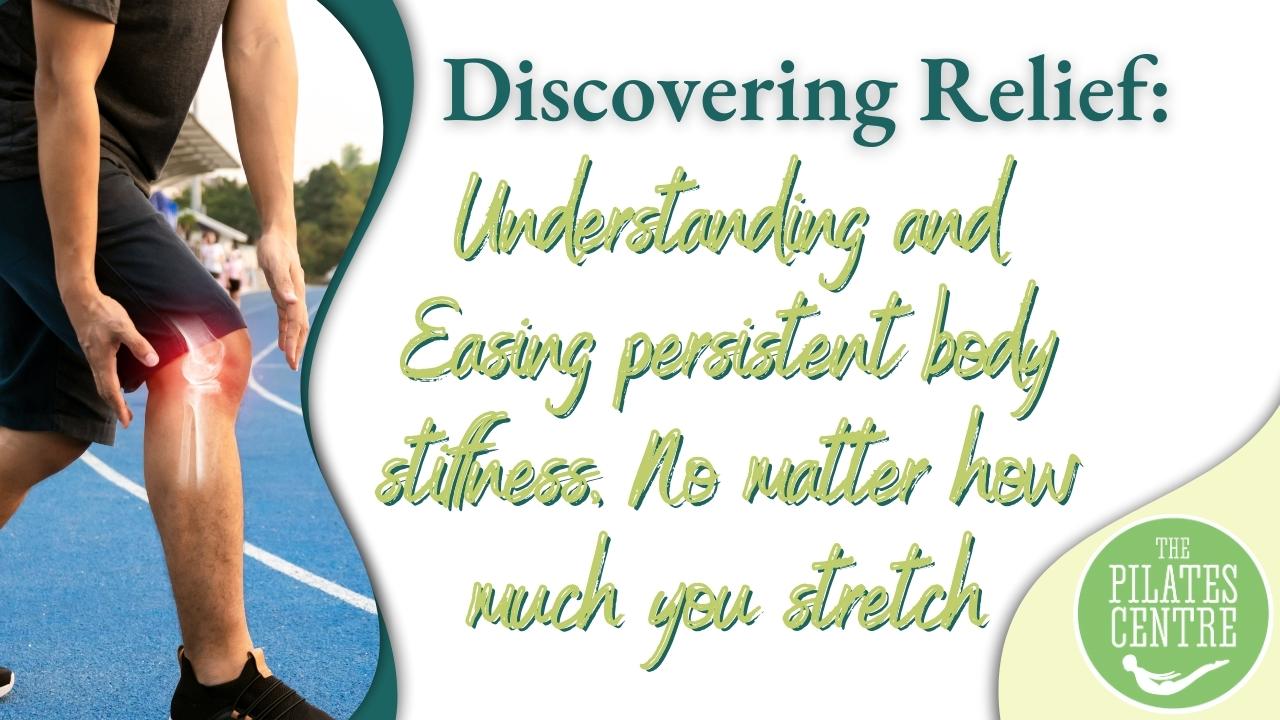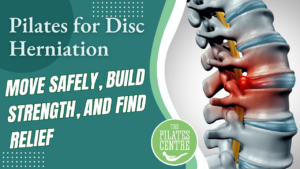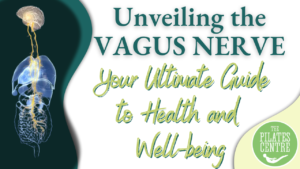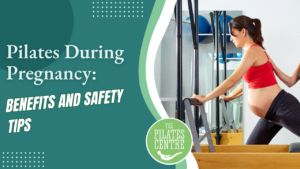Introduction
Do you practice regular sport, striving for peak performance and a pain-free practice? Chances are, you might be grappling with a lesser-known obstacle that affects many people who thrive to exercise regularly. This issue, Adaptive Muscle Shortening, could be holding you back from reaching your full potential and enjoying your wellness journey to the fullest.
The Key to a Pain-Free Work-out
Any athletic work that you do demands a balanced and flexible body. However, if your muscles are imbalanced due to adaptive muscle shortening, you may never achieve your desired level of mastery. Worse yet, you could be at risk of injury or already experiencing discomfort during your work out sessions. The solution lies in targeted dynamic movements, strengthening exercises, and proper stretching techniques, all proven to alleviate pain, accelerate recovery, restore range of motion, and enhance endurance.

Address the Root Cause
Adaptive Muscle Shortening is a condition often overlooked by both athletes and health professionals. If you’re experiencing issues like weak and tight hip flexors, sore quads, knee pain, or low back pain, Adaptive Muscle Shortening might be the culprit.
Understanding Adaptive Muscle Shortening
Our muscles are fundamental to our movement, influencing every aspect of our physical well-being. Unfortunately, muscles don’t naturally maintain their ideal range of motion. They adapt to the positions they are habitually used in, often leading to imbalances. In our modern sedentary culture, characterized by prolonged sitting, imbalances such as weak hamstrings, tight quads, and hip flexors are prevalent. These imbalances not only hinder your work out efficiency but can eventually lead to injuries.
The Hidden Culprit: The Psoas Muscle
The psoas, a lesser-known but vital muscle, connects your lower body to your upper body. It plays a crucial role in almost every movement and is the key to unlocking your full potential in your workouts. A healthy psoas promotes a neutral pelvic alignment, stabilizes the hips, and supports the lower back and abdomen. When imbalanced or tight, it can lead to a pelvic tilt and a cascade of issues throughout the body.
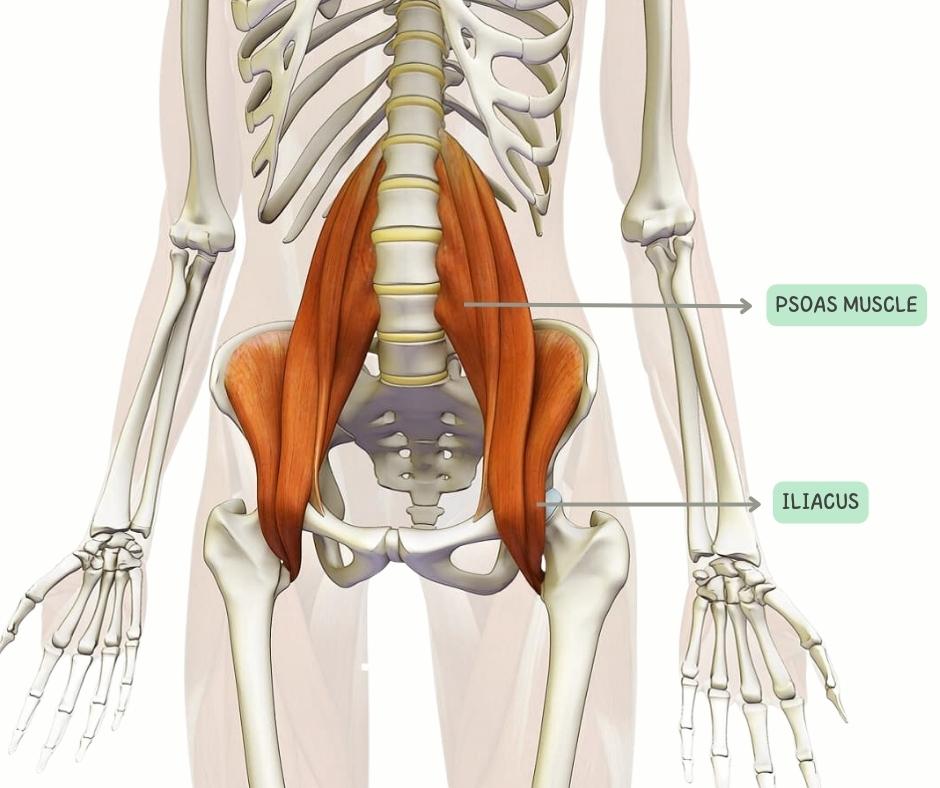
The Impact of Prolonged Sitting
Sitting for extended periods, whether at a desk, behind the wheel, or on the couch, or even cycling can shorten and weaken the psoas muscle. Unfortunately, diagnosing this root cause can be challenging, and many healthcare professionals struggle to identify it. However, now that you’re aware of it, you have the power to address it.
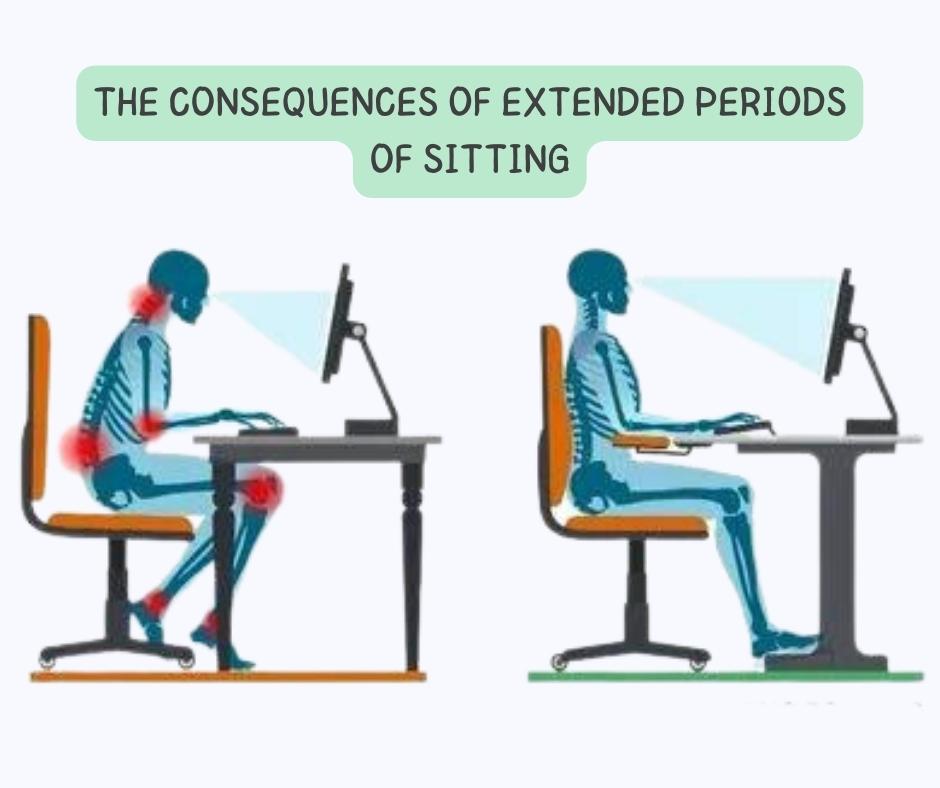
The Shocking Truth of Adaptive Shortening
Adaptive shortening is the result of muscles remaining in shortened positions for extended periods, leading to reduced range of motion, muscle tightness, and added stress on tendons. These symptoms often go unnoticed until the muscle has significantly shortened, resulting in postural distortion and the replacement of contractile elements with non-contractile tissue.
Balancing Your Muscles for a Pain-Free Life
Muscle balance is essential in preventing injuries. When one muscle tightens, its antagonist may become affected and even injured. Your muscles are the engine driving your body’s movements, and imbalances can lead to a range of problems, from nagging injuries to poor posture.
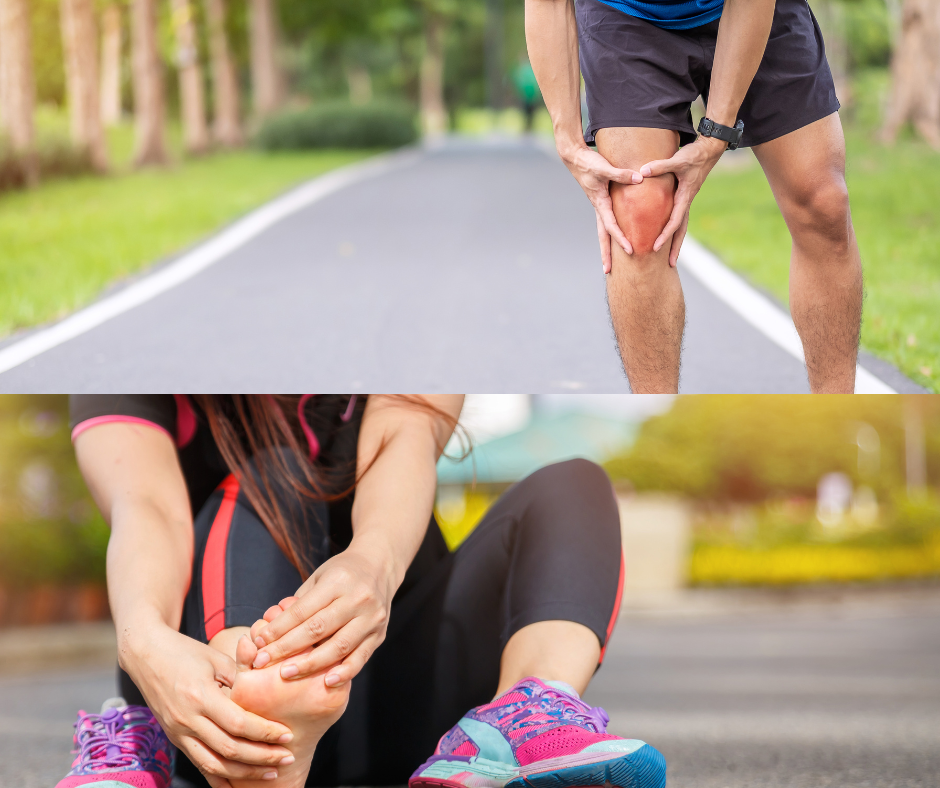
The Solution to Adaptive Shortening
Recognizing adaptive shortening is only the first step. Studio Pilates is the key and it is also knowing how to reverse adaptive shortening effectively. Contrary to the belief that a few minutes of stretching before your work out will suffice, a more comprehensive approach is required.
Conclusion
In your quest for a fulfilling and pain-free work out journey, you’ve uncovered a hidden obstacle that often goes unnoticed—adaptive muscle shortening. This condition, caused by prolonged periods of sitting and imbalanced muscle use, can affect your range of motion, lead to discomfort, and hinder your progress.
But now that you’re aware of the root cause, you hold the power to address it. In studio Pilates, our sequential method, designed to lengthen muscles, including the vital psoas, and restore balance to your body, offers you a structured approach to overcoming adaptive shortening. We understand that life is busy, and our program is crafted to make the most of your time, ensuring that you achieve the best results during your Pilates practice to improve your life outside the studio.
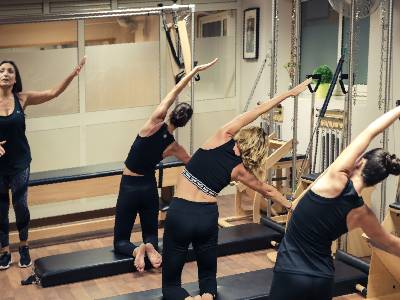
Remember that your muscles are the engine that drives your movements in Pilates and everyday life. Achieving muscle balance is essential for preventing injuries and maintaining a healthy, pain-free body. Adaptive shortening affects many aspects of your well-being, but it can be reversed with the right approach.
So, whether you’re a dedicated Pilates enthusiast or someone seeking better overall health and mobility, ready to take action to unlock your full potential? Join us at the Pilates Centre and experience the transformative power of Studio Pilates. Let us be your partners in healing and wellbeing. Learn more about how the Pilates Centre contact John and the team on +34 610 30 60 05 or email: info@pilatescentre.es. Embrace our mobility program, make a commitment to balance your muscles, and experience the transformative effects on your Pilates practice and your life as a whole. Your body will thank you for it as you move forward on your journey to a stronger, more flexible, and pain-free you.

John McCallum
is an esteemed, Fully Certified Comprehensive Classical Pilates Teacher and takes immense pride as the proprietor of the distinguished Pilates Centre located in Jalon, Spain. His remarkable journey in the realm of Pilates commenced back in 2006, a pivotal juncture when he confronted the diagnosis of three slipped discs in his lower back. Pilates emerged as a beacon of profound hope and rejuvenation in his life. Instead of succumbing to the prospect of surgical intervention, Pilates gracefully assumed the role of his lifeline.
This transformative experience impelled him to make a resolute decision that would reshape his life’s trajectory. Following his journey to become a Pilates Teacher, he passionately extended the benefits he had personally garnered to those in need. This also took him to travel to other countries to continue to learn and have a fuller understanding of the method.
Fueled by an unwavering passion for Pilates, he has forged a dynamic collaboration with a reputable research institution. This strategic alliance enables him to deliver precise and illuminating insights, fostering support and empowerment for individuals interested in the power of this method. His literary contributions have garnered distinction within an array of esteemed global publications.
